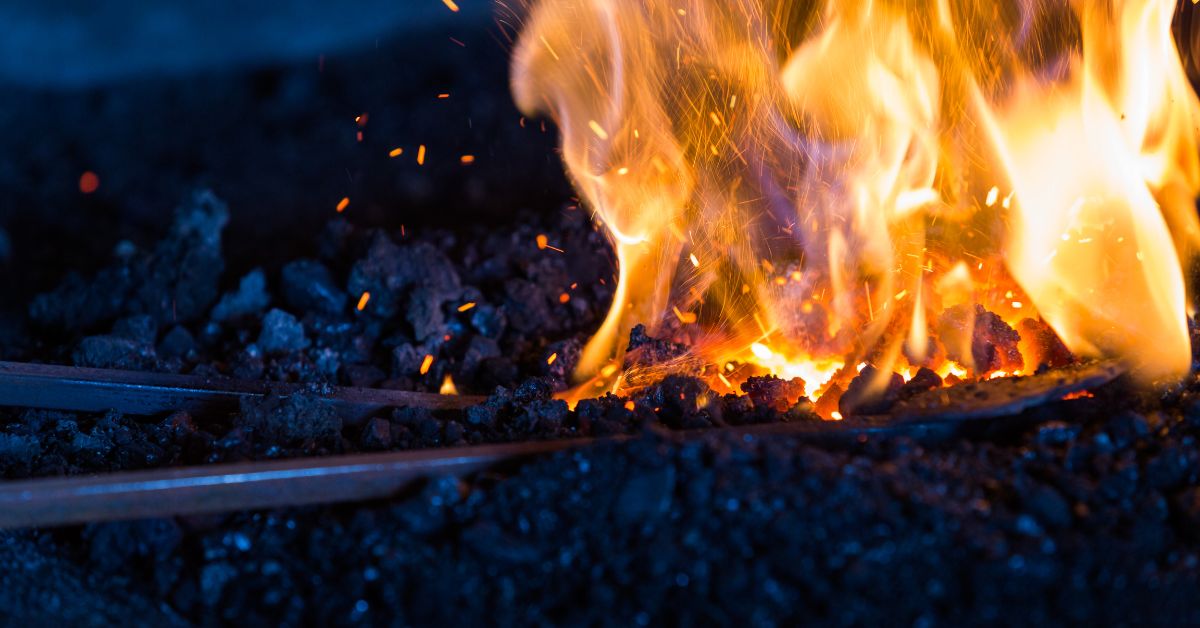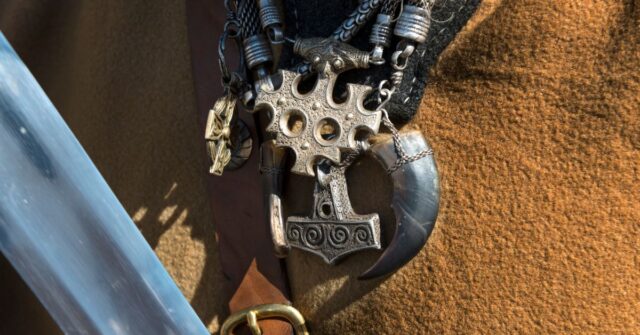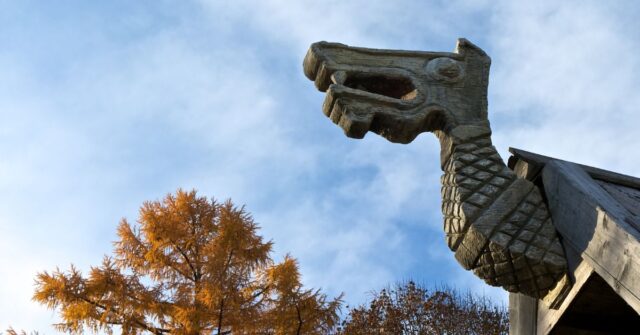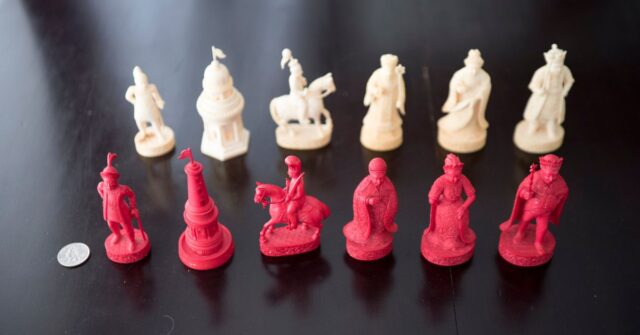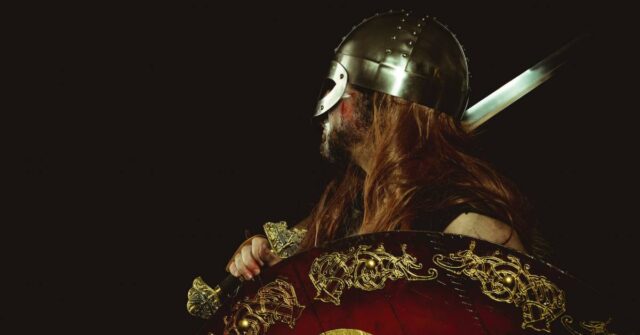Metalworking during the Viking Age was not just a craft but an art form that played a vital role in the daily life and conquests of the Vikings.
This exploration will take you through the heart of Viking craftsmanship, revealing the depth of their skill and the lasting impact it has on our understanding of this fascinating era.
Introduction
The Vikings, often remembered for their raids and explorations, were also master metalworkers.
Their expertise in manipulating metal not only equipped them for their voyages but also showcased their artistic prowess. Let’s delve into how metalworking was a cornerstone of Viking society.
Overview of Viking Era
Spanning from the late 8th to the early 11th century, the Viking Age was a period of significant transformation in Northern Europe.
Vikings, originating from what is now Denmark, Norway, and Sweden, embarked on various expeditions for trade, colonization, and conquest. Amidst their ventures, metalworking emerged as a crucial skill.
Importance of Metalworking in Viking Society
Metalworking held a dual significance in Viking society: practical and symbolic. It produced the weapons that made their raids possible and the intricate jewelry that bore their cultural identity.
This duality of purpose showcases the integral role metalworking played within their community.
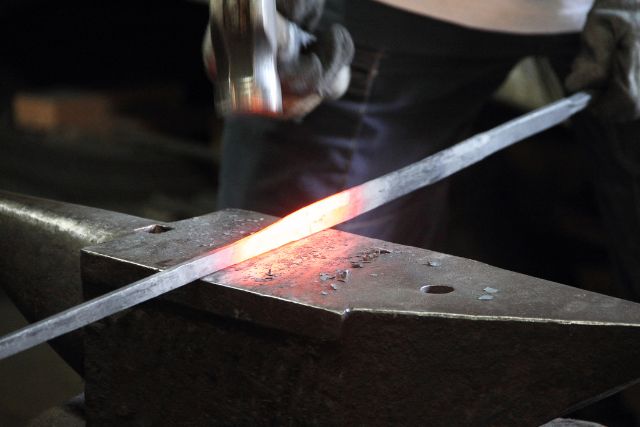
Historical Background
Understanding the origins and evolution of Viking metalworking sheds light on their technological advancements and cultural shifts.
It’s a journey through time, witnessing the progress from simple tools to sophisticated works of art.
Origins of Viking Metalworking
The roots of Viking metalworking can be traced back to their Scandinavian ancestors. Initially focusing on iron, they gradually explored other metals, enhancing their techniques.
This foundation laid the groundwork for the sophisticated metalworking skills that would come to define the Viking Age.
Evolution Over the Viking Age
As the Vikings ventured further afield, they encountered different cultures and metalworking practices.
This exposure, combined with their inherent ingenuity, led to significant advancements in their metalworking techniques, culminating in the creation of some of the most revered artifacts of the era.
Materials and Techniques
The Vikings were not limited by their resources but instead demonstrated remarkable versatility in utilizing available materials to their full potential.
This section explores the materials they used and the techniques they developed.
Metals Used by the Vikings
Iron was the backbone of Viking metalwork, used in everything from swords to ship nails.
However, they also worked with bronze, silver, and gold, especially for decorative items and jewelry, showcasing their broad skill set and aesthetic appreciation.
Forging Techniques and Innovations
The Vikings pioneered several forging techniques, including pattern welding, which involved layering different types of iron to create stronger, more flexible blades.
This innovation not only improved the quality of their weapons but also added a distinctive pattern to the metal, combining form and function beautifully.
Decoration and Symbolism in Metalwork
Viking metalwork was not merely functional; it was also a canvas for intricate designs and symbols.
From the gripping beasts of the Oseberg ship to the intricate knotwork on brooches, these designs tell a story of a culture deeply connected to its mythology and values.
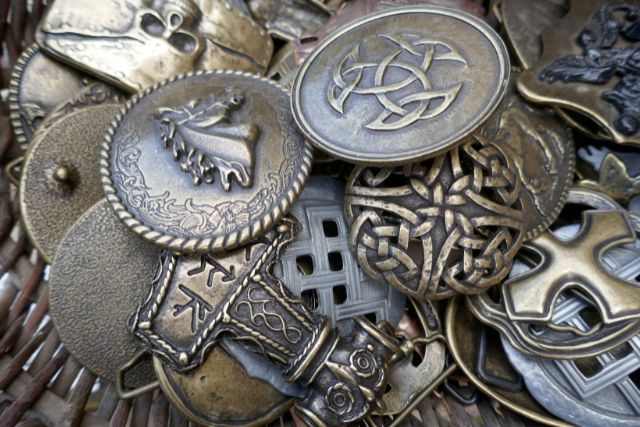
Types of Viking Metalwork
The scope of Viking metalwork is as broad as it is impressive, covering everything from the battlefield to personal adornment. Let’s examine the variety of items produced by these skilled artisans.
Weapons and Armor
The Vikings’ reputation as fearsome warriors was partly due to their superior weaponry. Swords, axes, and spears, often richly decorated, were not just tools of war but symbols of power and prestige.
Armor, though less commonly used, showcased similar craftsmanship.
Jewelry and Decorative Items
Beyond the battlefield, Vikings expressed their craftsmanship in personal adornments.
Brooches, necklaces, and arm rings served as status symbols, intricately crafted and often bearing runic inscriptions or symbols of the Norse gods.
Tools and Everyday Objects
Even in daily life, the Vikings’ metalworking skills were evident.
From farming tools to cooking utensils, practical items were made with care, ensuring they were durable and, quite often, decorated with simple designs, reflecting the aesthetic sensibilities of Viking culture.
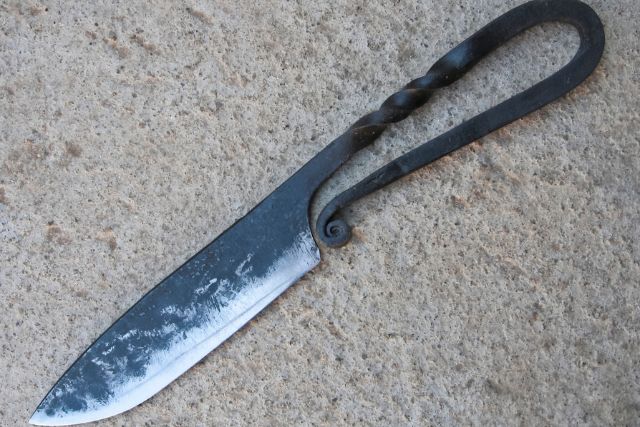
The Role of the Smith
The smith was a key figure in Viking society, possessing not only the skills to transform raw materials into objects of utility and beauty but also holding a place of respect and influence within the community.
Training and Apprenticeship
Becoming a smith was no easy feat. It required years of apprenticeship, learning not only the technical skills but also the symbolic meanings behind designs.
This rigorous training ensured that the tradition of craftsmanship was passed down through generations.
Social Status and Roles Within the Community
Smiths were more than just craftsmen; they were integral to the survival and success of their communities.
Their ability to create weapons, tools, and jewelry placed them in a position of high esteem, often involving them in community decisions and rituals.
Cultural and Economic Impact
The influence of Viking metalworking extended beyond the aesthetic, shaping the culture and economy of Viking society in profound ways. This section looks at the broader implications of their craft.
Trade and Exchange of Metal Goods
The Vikings were avid traders, and metal goods were among their most valued commodities.
The exchange of weapons, jewelry, and other metal items not only facilitated economic growth but also cultural exchange, spreading Viking craftsmanship across Europe.
Influence on Viking Conquests and Explorations
The advancements in metalworking technology gave the Vikings a strategic advantage in their conquests and explorations.
Superior weaponry and durable tools enabled them to navigate challenging terrains and engage in battles that expanded their territories and influence.
Archaeological Discoveries
The artifacts left behind by the Vikings provide a tangible link to their past, offering insights into their lives, beliefs, and craftsmanship.
Archaeological discoveries have been crucial in understanding the sophistication of Viking metalworking.
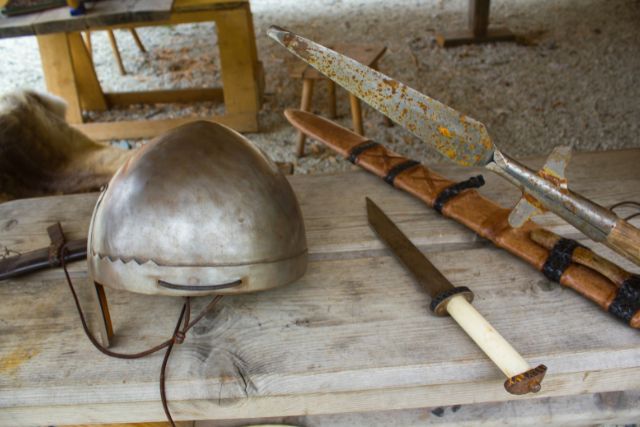
Notable Finds and Excavations
From the buried treasures of Hoen to the ship burials of Oseberg and Gokstad, archaeological finds have uncovered a wealth of Viking metalwork.
These discoveries not only highlight the technical skill of Viking smiths but also their artistic vision.
What These Discoveries Tell Us
Every artifact tells a story, revealing information about the Viking way of life, their societal structure, and their beliefs.
Through careful study, archaeologists have been able to piece together a more complete picture of Viking society and its enduring legacy.
Preservation and Legacy
The preservation of Viking metal artifacts is essential in keeping the history and culture of the Vikings alive.
This final section reflects on the importance of these efforts and the legacy of Viking craftsmanship in the modern world.
Conservation of Viking Metal Artifacts
Conservation efforts around the world strive to protect and preserve Viking metalwork for future generations.
These endeavors not only safeguard the artifacts but also the knowledge and techniques they embody.
Impact on Modern Metalworking and Popular Culture
The legacy of Viking metalworking continues to inspire modern craftsmen and artists.
From jewelry makers replicating ancient designs to popular culture embracing Viking themes, the influence of Viking craftsmanship is as strong today as it was over a millennium ago.
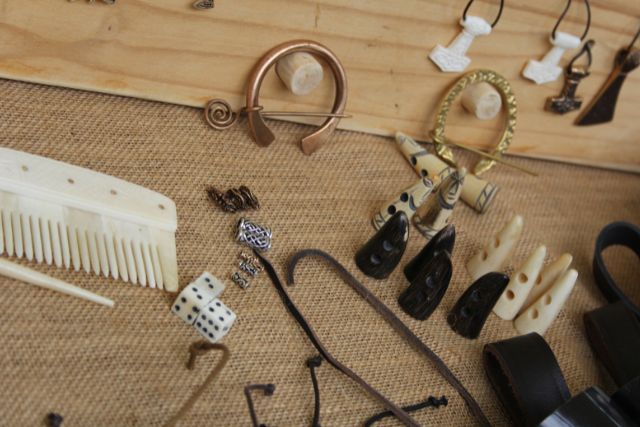
Conclusion
In closing, the skill of metalworking among the Vikings was more than just a means of survival; it was a reflection of their culture, beliefs, and technological prowess.
As we uncover and preserve their creations, we keep alive the legacy of a people whose craftsmanship continues to awe and inspire.

